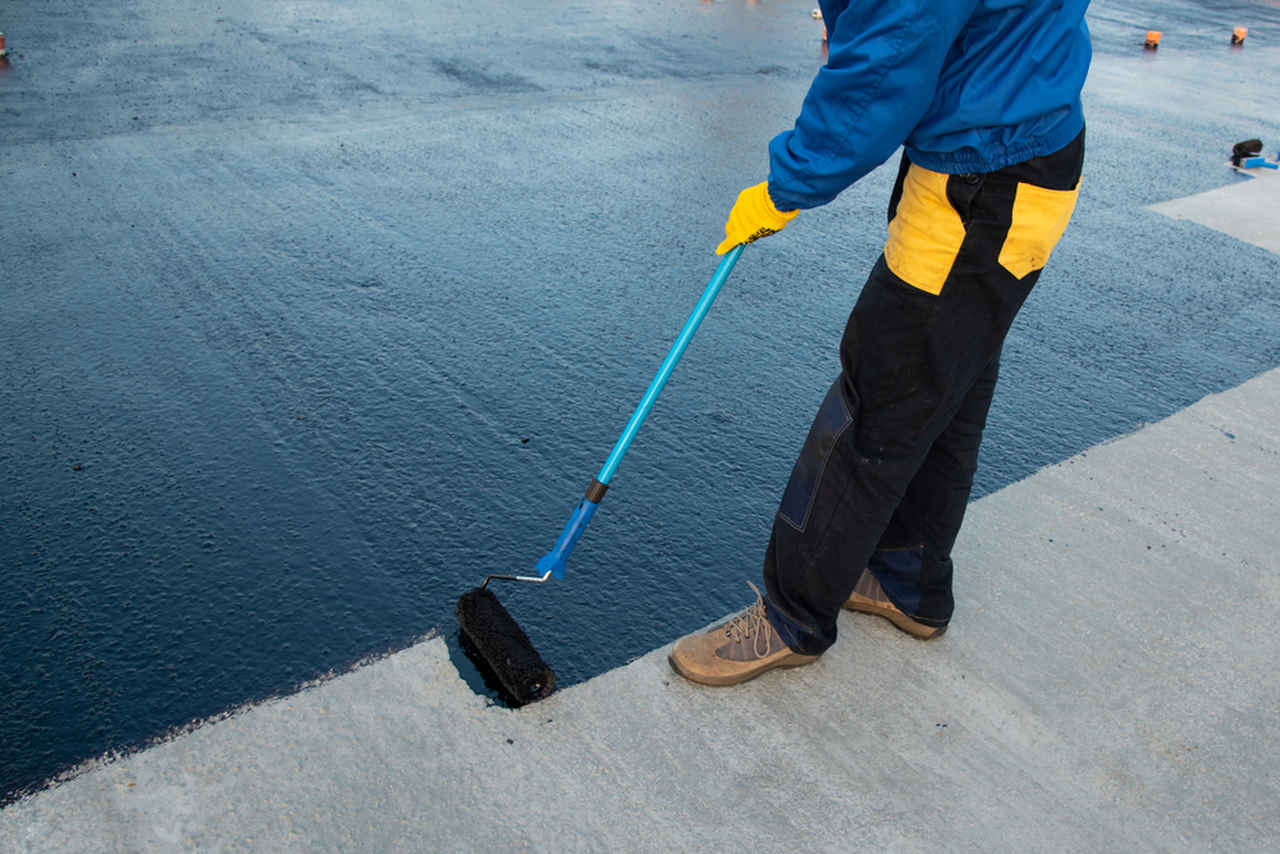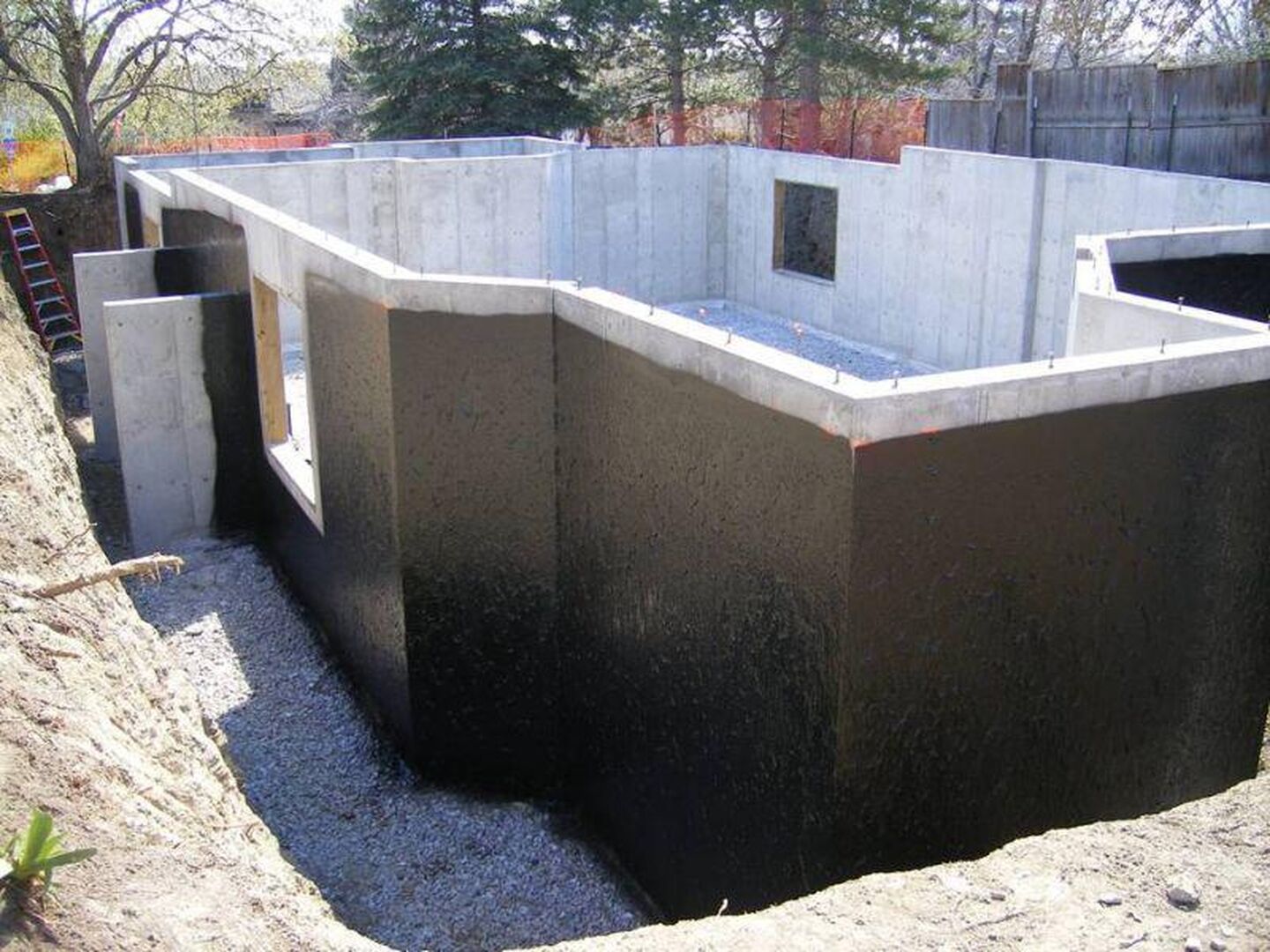How Waterproofing Works: An In-depth Check Out Strategies and Technologies
Waterproofing is essential for safeguarding frameworks from moisture-related damages. It involves different strategies and technologies that produce barriers versus water intrusion. Standard methods, such as compressed clay, coexist with modern-day advancements like liquid-applied membrane layers. Comprehending the subtleties of these techniques is essential for reliable application. Nevertheless, the effectiveness of any type of waterproofing service pivots not just on the strategies utilized however additionally on recurring maintenance and inspection. What are the vital factors that affect lasting performance?
Understanding the Essentials of Waterproofing
Waterproofing is a necessary process that protects structures from water intrusion, which can lead to considerable damages gradually. This method includes the application of different products and methods developed to develop a barrier versus dampness. The primary goal is to stop water from passing through surface areas, which can create damage, mold growth, and structural instability.Various aspects influence the choice of waterproofing technique, including the kind of structure, its place, and ecological conditions. Comprehending the physics of water movement and the properties of different products is critical in choosing an effective waterproofing solution.Effective waterproofing not just safeguards structures but also enhances their durability and honesty. Usually, it is integrated right into the layout phase of building and construction to assure thorough protection. As recognition of water-related concerns grows, the value of understanding waterproofing basics comes to be progressively clear to engineers, contractors, and property proprietors alike.
Standard Waterproofing Methods
Typical waterproofing techniques have been used for centuries, relying upon reliable techniques and materials to protect structures from water damage. One of the oldest approaches involves using clay, which, when compressed, develops a natural obstacle against moisture. Furthermore, bitumen, a sticky, black product originated from petroleum, has actually been used for its waterproof residential properties, typically related to roof coverings and foundations.Another technique involves the application of lime-based plasters, which provide a breathable layer that allows wetness to escape while protecting against water access. Thatch roof, a standard technique still seen in some cultures, provides exceptional waterproofing as a result of its tightly loaded straw layers.Moreover, the use of rock and block has been famous, as these materials are inherently immune to water when correctly mounted. Overall, typical waterproofing techniques stress the significance of picking ideal materials and building practices to enhance resilience against water breach.
Modern Waterproofing Technologies
Improvements in modern-day waterproofing modern technologies have transformed the method structures are shielded from water damage. Ingenious techniques such as liquid-applied membrane layers and innovative sealers have actually improved the performance and versatility of waterproofing options. These modern technologies enable seamless application, decreasing the danger of leakages and making sure detailed insurance coverage over intricate surfaces.Moreover, the integration of wise modern technologies, such as wetness sensors and automated monitoring systems, enables real-time evaluation of waterproofing performance. This positive approach promotes prompt maintenance and lowers long-term repair work costs.Additionally, improvements in spray-applied coverings offer quick application and outstanding bond, adapting to various substrates while giving durable defense. Techniques like polymer-modified systems further enhance flexibility and toughness, making them appropriate for varied settings. Generally, modern-day waterproofing technologies not only minimize water intrusion however additionally add to the longevity and sustainability of structures, noting a considerable shift in the market.
Products Utilized in Waterproofing
The performance of waterproofing solutions heavily counts on the materials made use of in their application. Various materials are employed to produce obstacles versus water access, each with special residential or commercial properties fit for various atmospheres. Typically utilized materials consist of membranes, finishes, and sealants.Liquid-applied membrane layers, typically made from polyurethane or acrylic, develop a smooth obstacle that adapts to complex surfaces. Sheet membranes, typically built from rubber or polycarbonate, deal longevity and are suitable for bigger locations. Furthermore, cementitious waterproofing materials, made up of cementitious compounds, supply exceptional adhesion and flexibility.Sealants made from silicone or polyurethane are vital for joints and joints, making sure complete defense. Innovative materials, such as geo-composite membrane layers, combine several functions, improving performance. Overall, the choice of waterproofing materials is important in achieving resilient and reliable water resistance, customized to certain job demands and ecological problems.
Common Applications of Waterproofing
Waterproofing plays a crucial role in various markets, ensuring the long life and integrity of frameworks. Usual applications consist of residential solutions that shield homes, industrial framework that safeguards organizations, and commercial setups that require durable security against wetness. Comprehending these applications highlights the value of waterproofing in preserving both safety and security and performance across various atmospheres.
Residential Waterproofing Solutions
Many home owners deal with difficulties with wetness breach, making efficient residential waterproofing services essential. Numerous methods exist to address this concern, consisting of exterior and interior waterproofing systems. Interior remedies typically entail the application of sealants and layers to basement wall surfaces, which help avoid water seepage. Exterior approaches commonly include the installment of drain systems and water-proof membrane layers that draw away water away from the foundation.Additionally, property owners might take into consideration sump pumps to eliminate water buildup and dehumidifiers to manage humidity degrees. Appropriate grading and making use of rain gutters likewise play an essential duty in managing water circulation around the home. By applying these techniques, house owners can greatly lower the risk of water damages Look At This and mold growth, making certain a completely dry and risk-free living setting.

Industrial Infrastructure Security
Efficient waterproofing options play a critical duty in the security of commercial framework. Water Solutions. These methods are vital for safeguarding buildings, vehicle parking frameworks, and bridges from water damages, which can compromise architectural stability and lead to expensive repair work. Typical applications consist of the setup of membrane layers, finishes, and sealants that produce barriers against moisture seepage. Areas such as basements, roofings, and exterior wall surfaces are typically prioritized to ensure durability and toughness. Furthermore, waterproofing systems can boost energy performance by avoiding water-related issues that may result in mold growth and deterioration. By implementing robust waterproofing procedures, homeowner can safeguard their financial investments and keep operational efficiency, inevitably adding to the overall sustainability of commercial centers
Industrial Applications Introduction
While different fields face distinct obstacles, the demand for dependable waterproofing solutions stays a constant in industrial applications. Industries such as manufacturing, building and construction, and energy usually encounter settings where moisture direct exposure can endanger architectural integrity and functional effectiveness. In making centers, waterproofing is vital for shielding equipment and materials from water damage. In building and construction, it safeguards structures and cellars versus groundwater seepage. The power field counts on waterproofing for the security of devices in hydroelectric plants and offshore structures. In addition, food processing sectors utilize waterproofing to assure health and conformity with security criteria. Overall, effective waterproofing services are necessary for enhancing longevity, safety and security, and productivity throughout different industrial setups.
Maintenance and Longevity of Waterproofing Solutions
Although waterproofing services are made to provide lasting security against moisture intrusion, normal maintenance is essential to assure their performance and longevity - Foundation waterproofing Omaha. Routine evaluations play a significant duty in recognizing possible concerns such as fractures, peeling off, or signs of water damages. Addressing these troubles promptly can stop further damage and costly repairs.Additionally, cleaning up the surface area of waterproofed locations assists eliminate dirt and particles that can endanger the stability of the waterproofing obstacle. It's likewise advisable to reapply protective coverings or sealants as suggested by producers to preserve suitable performance. Ecological elements, such as UV exposure and severe climate condition, can affect the life expectancy of waterproofing products, making regular assessment crucial
Often Asked Questions
Can Waterproofing Be Applied in Cold Weather?
The my review here question of applying waterproofing in winter elevates worries regarding adhesion and treating. Many items may not perform at their ideal in reduced temperature levels, requiring careful option and consideration of certain guidelines for efficient application.
The Length Of Time Does Waterproofing Normally Last?
The period of waterproofing performance differs based on products and ecological elements. Usually, it can last from 5 to ten years, however normal upkeep and assessments are necessary to ensure peak performance and durability.
Is DIY Waterproofing Effective and Safe?
The performance and safety of DIY waterproofing rely on various elements, including material high quality and application method. While some individuals accomplish satisfying outcomes, others might come across problems that endanger lasting protection and structural stability.
What Are the Indicators of Failing Waterproofing?
Signs of stopping working waterproofing include visible water stains, peeling off paint, mold and mildew growth, mildewy smells, and wetness in wall surfaces or ceilings - Water Solutions Omaha. These indications recommend endangered barriers, demanding prompt evaluation and possible remediation to avoid more damage
How Do I Select the Right Waterproofing Specialist?
